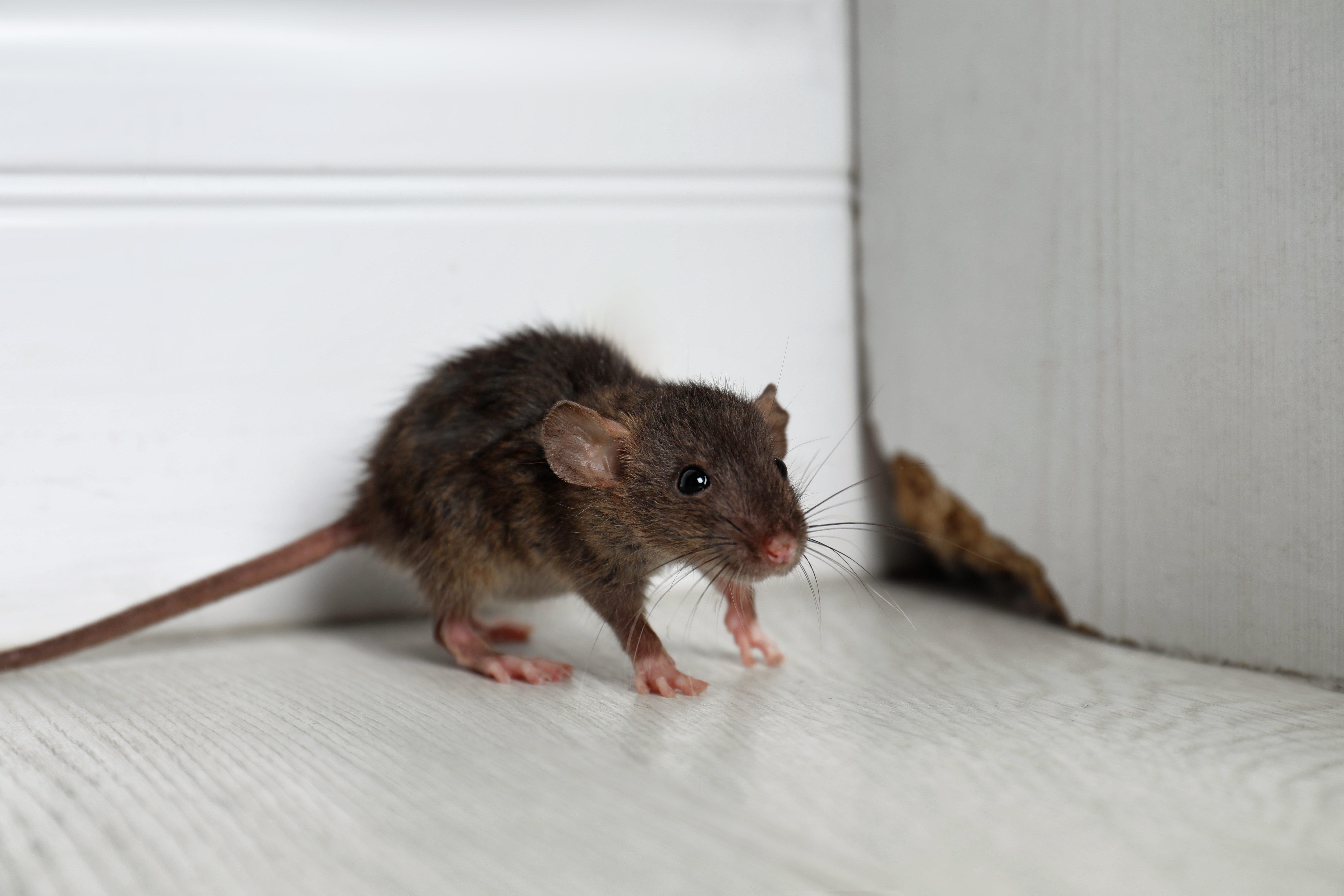
Get matched with top animal removal specialists in Okanogan, WA
Enter your ZIP and get matched with up to 5 pros
Need a pro for your animal removal project in Okanogan, WA?
Verified Reviews for Animal Removal pros in Okanogan, WA
*The Angi rating for Animal Removal companies in Okanogan, WA is a rating based on verified reviews from our community of homeowners who have used these pros to meet their Animal Removal needs.
*The HomeAdvisor rating for Animal Removal companies in Okanogan, WA is a rating based on verified reviews from our community of homeowners who have used these pros to meet their Animal Removal needs.
Last update on December 06, 2025
Find Animal removal specialists in Okanogan
NW Livestock Removal
NW Livestock Removal
Removal of all large livestock and most animal carcasses and byproducts used in ranching or food processing. Hauling of most items and situations. We also offer property repair and cleaning as this often goes hand in hand with removal of animals.
Removal of all large livestock and most animal carcasses and byproducts used in ranching or food processing. Hauling of most items and situations. We also offer property repair and cleaning as this often goes hand in hand with removal of animals.
The Okanogan, WA homeowners’ guide to animal removal services
From average costs to expert advice, get all the answers you need to get your job done.

When budgeting for possum removal costs, consider number of animals, location, method of removal, and whether you do it yourself or hire a professional.

If iguanas are plaguing your home and destroying your property, proper removal is key. Learn the costs to expect from an iguana removal service.

When calculating fox removal costs, factor in whether you take a DIY approach or call in the pros, the number of animals involved, and the location.

Knowing how to keep bears away from your house isn’t tricky. Depending on your region, the time of year, and the type of bears, there are some easy ways to do so.

If you want to trap a fox, you need the perfect bait. Here’s everything you need to know about the best bait for fox traps and their preferred use cases.

There are different types of iguanas in the U.S., some native and others invasive. Here's what homeowners need to know.
- Tree Service in Okanogan
- Plumbing in Okanogan
- Masonry in Okanogan
- Electrical in Okanogan
- Kitchen And Bath Remodeling in Okanogan
- Excavating in Okanogan
- Fencing in Okanogan
- Landscaping in Okanogan
- Septic Tank in Okanogan
- Windows in Okanogan
- Land Surveying in Okanogan
- Concrete Repair in Okanogan
- Swimming Pools in Okanogan
- Upholstering in Okanogan
- Drywall in Okanogan
- Contractor in Okanogan
- Exterior Painting in Okanogan
- Window Cleaning in Okanogan
- Moving in Okanogan
- Computer Repair in Okanogan
- Concrete Driveways in Okanogan
- Garage Builders in Okanogan
- Painting in Okanogan
- Plaster Plaster Repair in Okanogan
- Small Appliance Repair in Okanogan
- Mailbox Repair in Okanogan
- Plumbing in Okanogan
- Kitchen And Bath Remodeling in Okanogan
- Electrical in Okanogan
- Tree Service in Okanogan
- 🌱 "Mow a small front yard"
- 🛠 "Fix a leaking pipe under the sink"
- 🏠 "Repair shingles on an asphalt roof"
